Vaonis Vespera II review: A slick smart telescope that easily beats light pollution
If you want to effortlessly explore astrophotography and astronomy from a light-polluted city, the all-in-one Vaonis Vespera II is for you
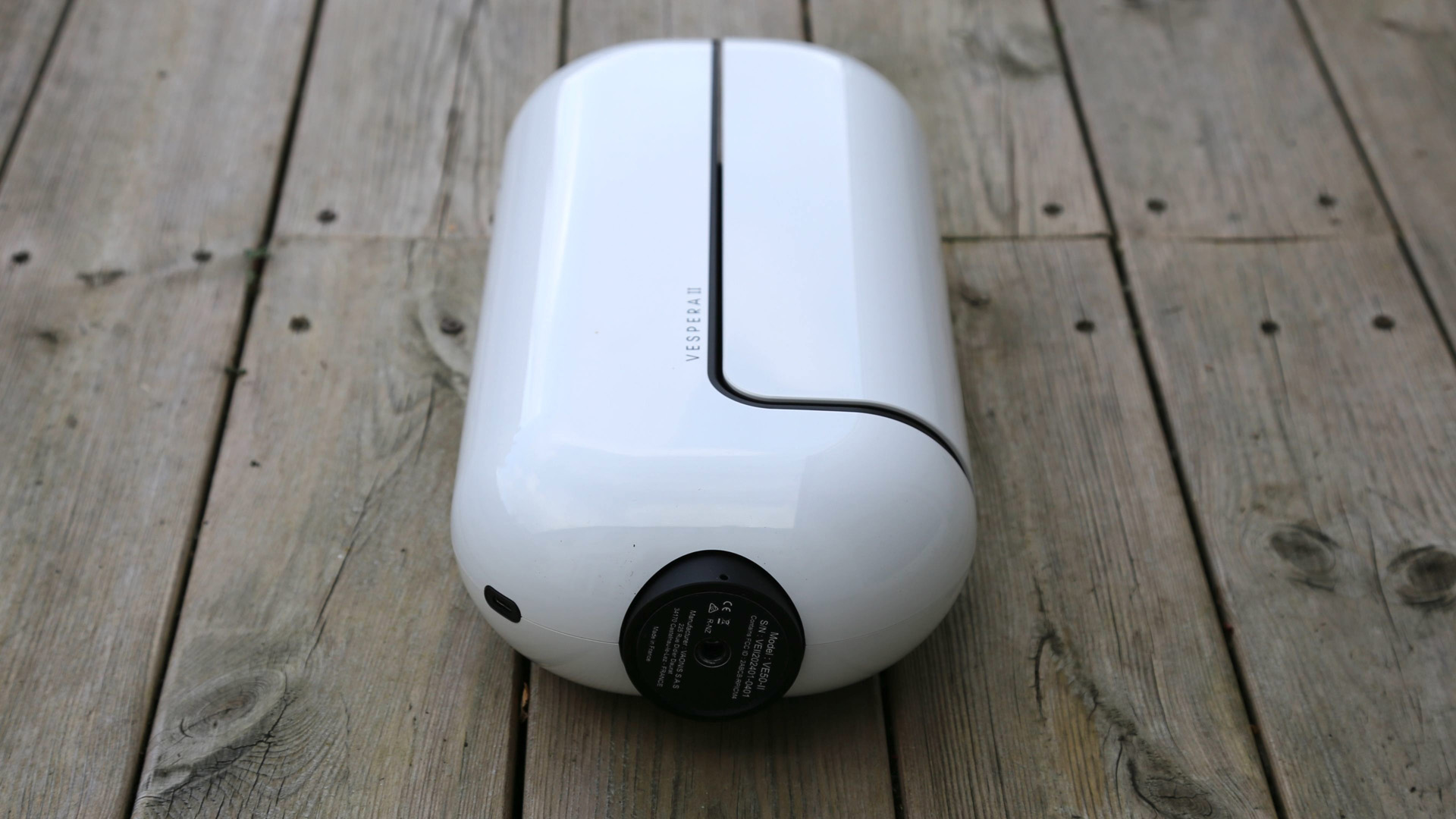
A telescope with no eyepiece? Or a camera with a massive lens attached? This refractor telescope-cum-camera uses sophisticated techniques to carve through light pollution and make astronomy possible and astrophotography hassle-free. It’s so easy and quick to use that even experienced astronomers will love it.
-
+
Quick and easy to set up and align
-
+
High-quality mages of deep sky objects
-
+
Superb photos of the moon and sun
-
+
Lossless files can be exported
-
-
Only lasts for four hours on one charge
-
-
No eyepiece so entirely app-dependant
-
-
Can’t image planets
-
-
Requires a decent tripod
Why you can trust T3
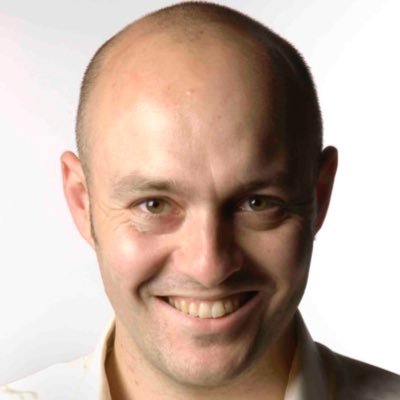
Telescopes with an eyepiece are old news. Interest in astronomy is skyrocketing, but light pollution is a problem. Can you see any stars from your backyard, let alone galaxies, nebula and star clusters? Probably not.
Cue the Vanois Vespera II, a smart telescope designed to tackle urban glare head-on using a tried-and-tested combination of astrophotography techniques and some clever filters.
Built around a Sony Exmoor image sensor and without an eyepiece, the Vanois Vespera II is no traditional telescope. Instead of learning how to point a telescope at a distant fuzzy object, this curvy, white telescope aligns itself to the night sky and begins taking 10-second images to live-stack in real-time.
The result is clean-looking, contrasty and colorful photos of some of the night sky’s most spectacular objects. Objects you would have zero hope of seeing from an urban backyard any other way.
As such, the Vespera II is not only one of the best telescopes for stargazing but also one of the best beginner telescopes overall.
Here’s everything you need to know about the Vaonis Vespera II – and how it can make astronomy impressive and astrophotography hassle-free.
[First reviewed May 2024]
Vaonis Vespera II review
Price and availability
This new smart telescope from the France-based company is a follow-up to 2022’s Vanois Vespera, which it replaces – and adds a sprinkling of new features to.
Launched in January 2024, it’s available now at Vanois in three packages: Solo Pack (without accessories, $1,690/£1,398), Starter Pack (with a small tripod, $1,790/£1,424) and Adventure Pack (with a small tripod and a backpack, $1,959/1,559). None of these packages include a USB-C cable, which is needed to charge the product.
Accessories include a hygrometer sensor ($99/£109), a light pollution filter ($199/£209), a dual-band filter ($399/£370) and a solar filter ($99/£129). A large tripod ($149/£135) is also available, and the backpack ($149/£159) can be purchased separately.
The upgraded Vaonis Vespera Pro, available during July 2024, will cost $2,999/£2,499. It will feature a higher-resolution IMX676 sensor, a smaller field of view and a longer battery life.
Specifications
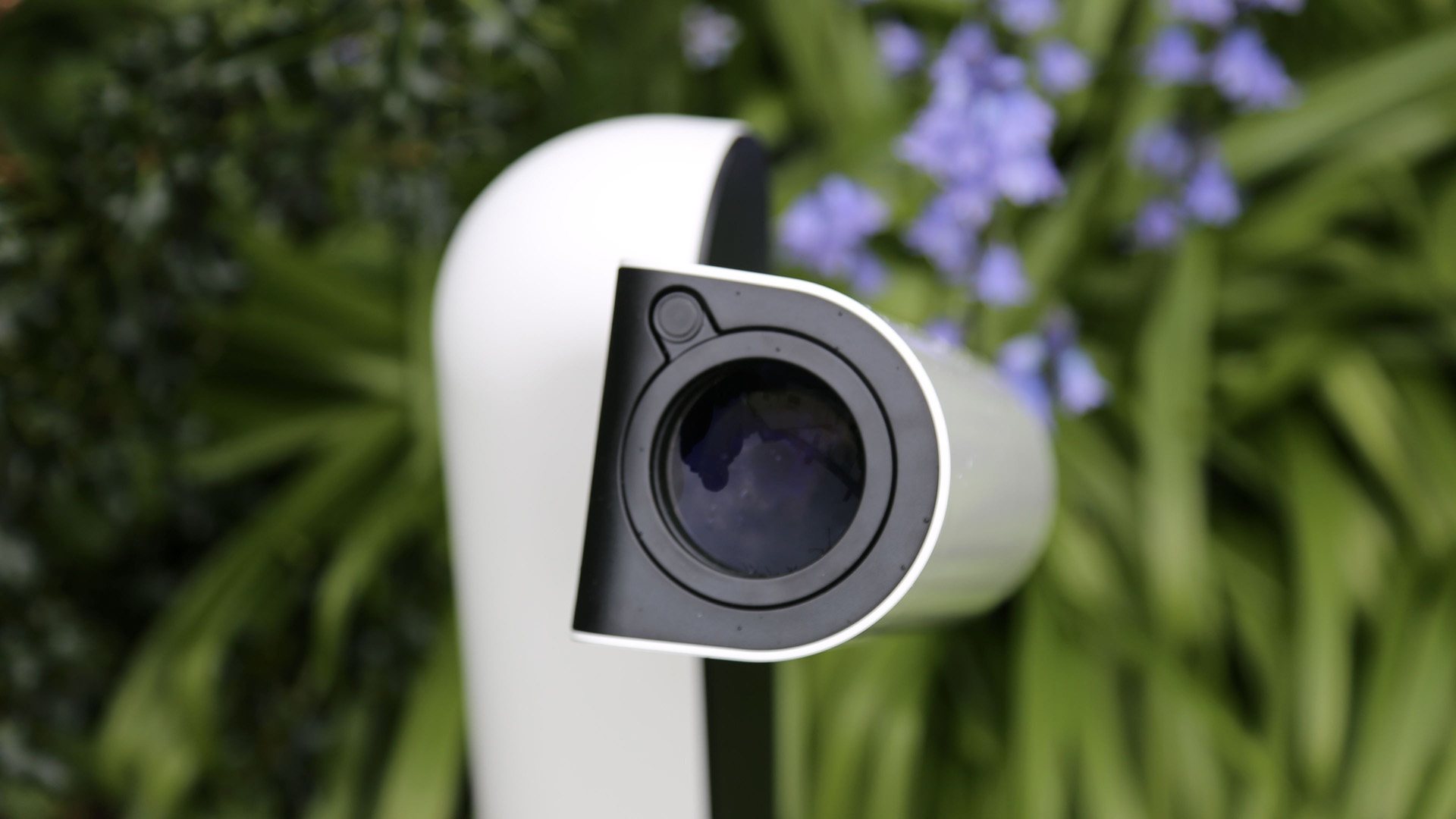
- Optical design: Apochromatic Quadruplet Refractor
- Objective lens diameter: 2-inch/50 mm
- Focal length: 9.8-inch/250 mm
- Focal ratio: f/5
- Software supplied: Singularity app
- Mount: Motorized alt-az
- Tripod: 3/8 “-20 “tripod thread
- Weight: 11lbs/5kg
- Storage capacity: 25 GB
- Battery life: 4 hours
- Connectivity: WiFi
- Level: Beginner to advanced
Features and what's new
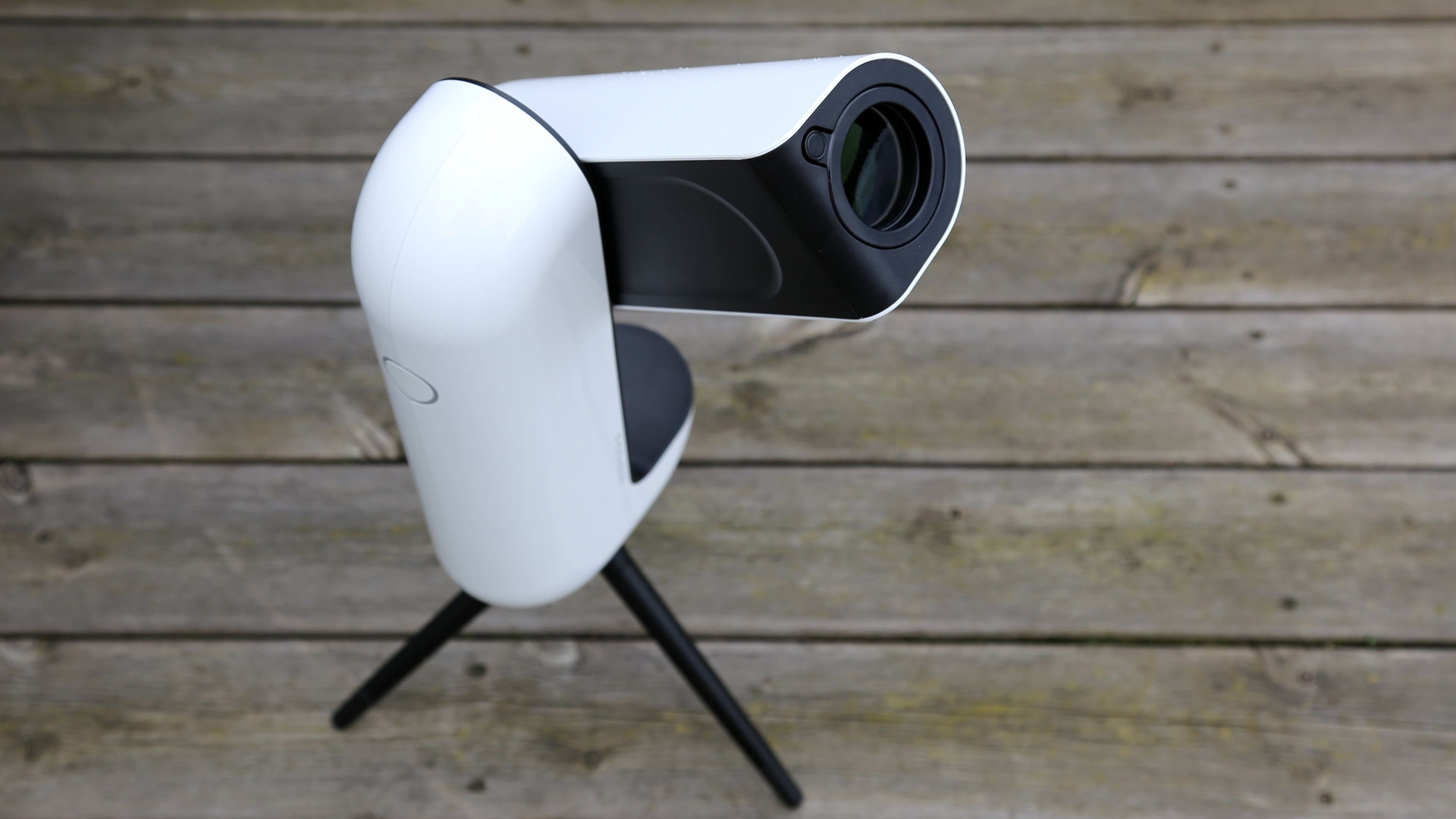
A refractor telescope with an image sensor, it’s the latter that’s the major upgrade on the Vanois Vespera II. While its predecessor managed two megapixels, it reaches 8.3 megapixels thanks to its use of a Sony IMX585 color sensor.
It can also stitch together four images to create a 24-megapixel image of the night sky. Other upgrades on the previous version include a longer focal length, an improved focal ratio and a wider field of view.
It now sees an area of the sky measuring 2.5 x 1.4 degrees, which is significantly larger than the 1.6 x 0.9 managed by the original Vespera. It’s this, along with the focal length and focal ratio tweaks, that makes this iteration also able to image the sun and moon in better quality. In practice, that can add a new dimension to the product.
Setup and ease of use
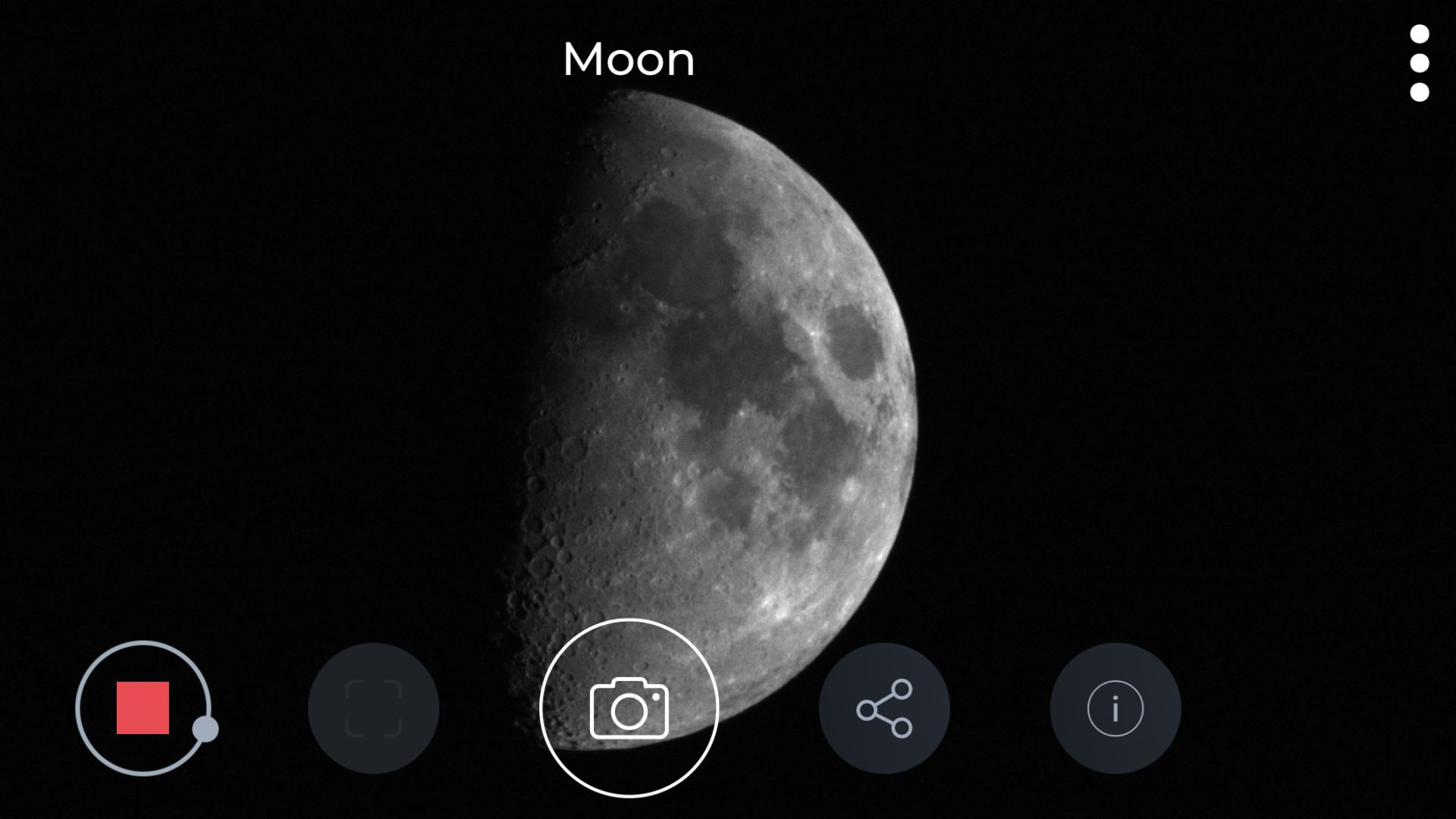
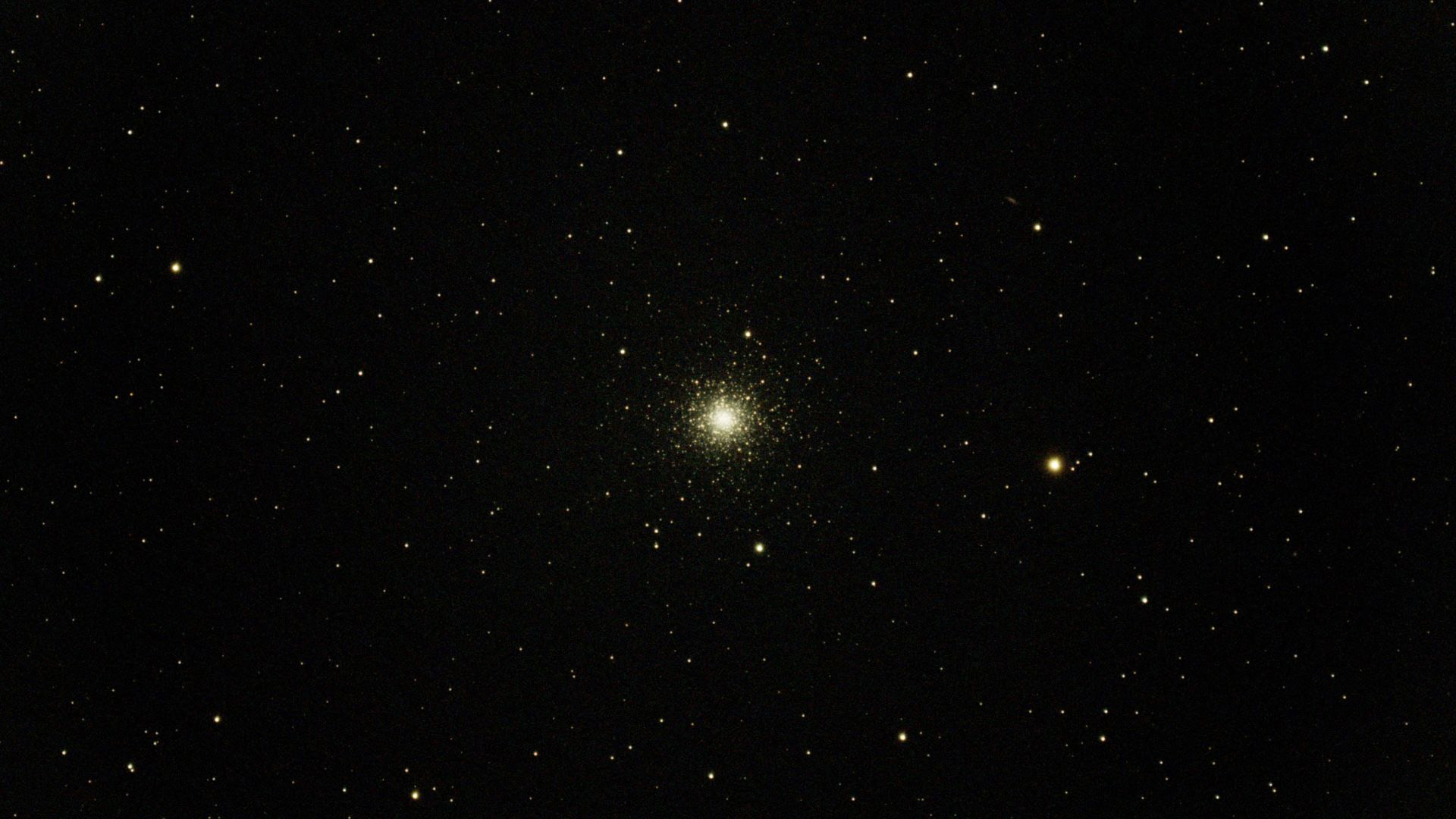
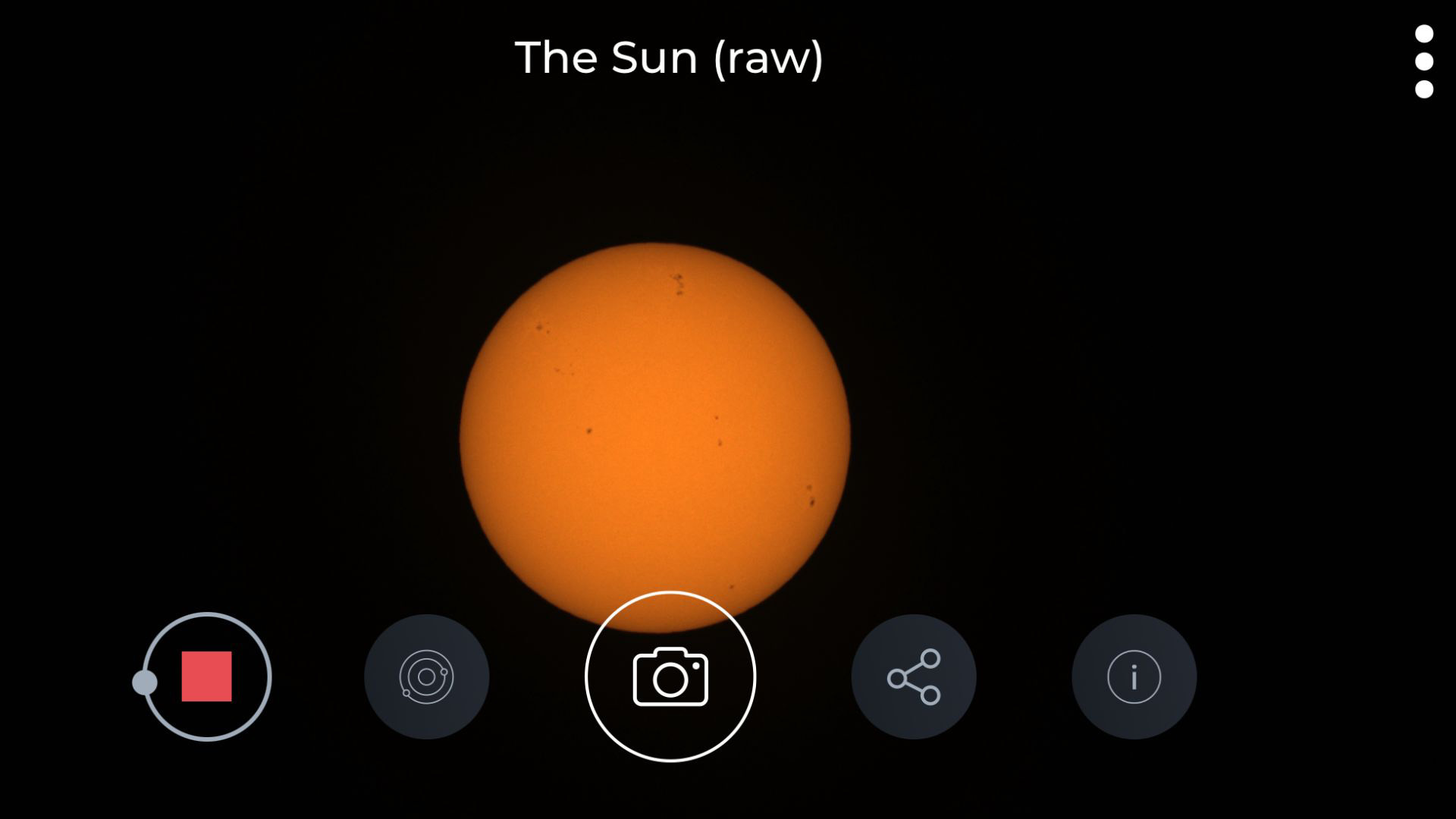
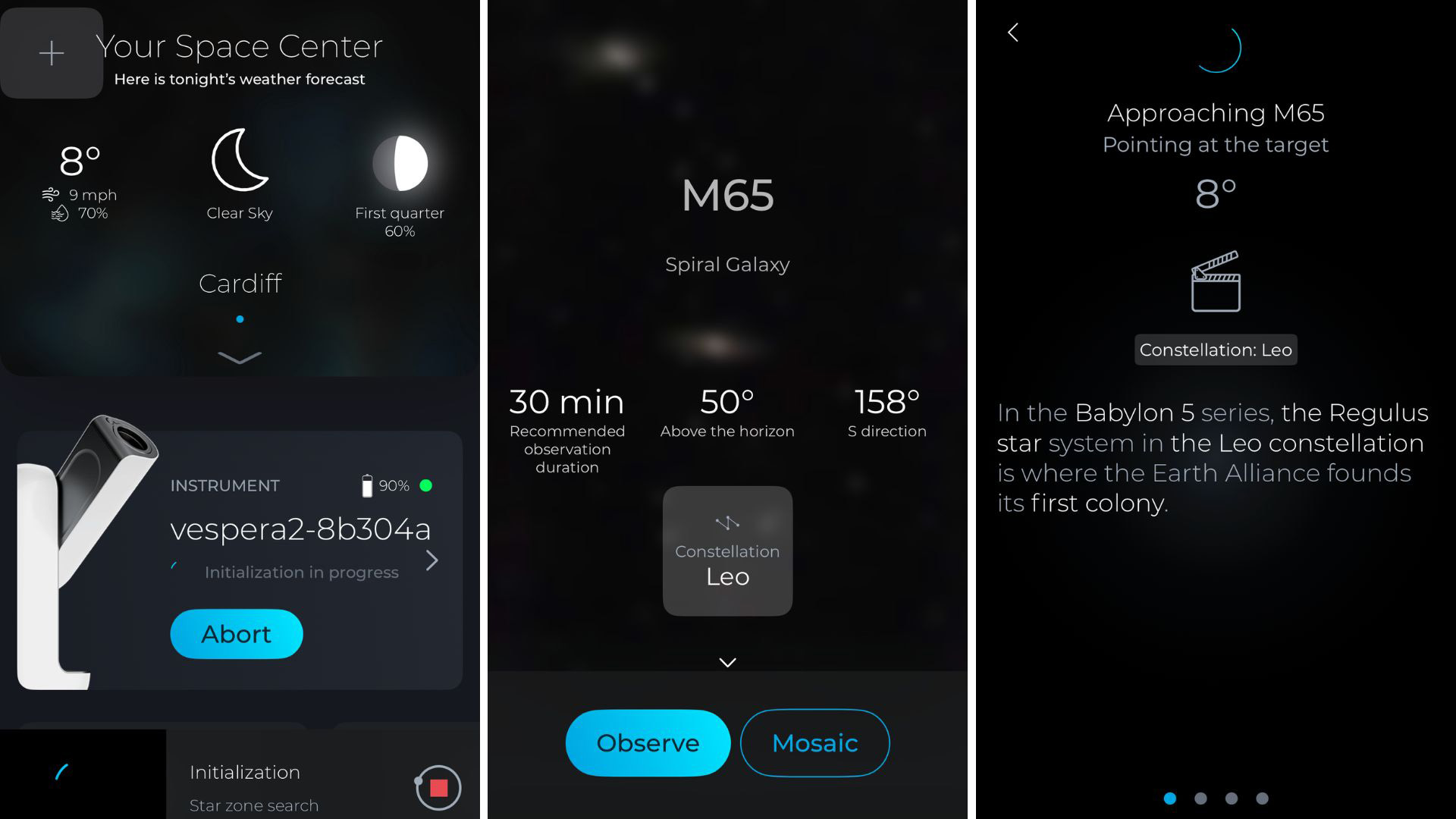
What makes the Vanois Vespera II stand out is how quickly it can be set up and used. With the Singularity app on a smartphone (available for both iOS and Android), it attaches via Bluetooth and aligns with stars in the sky above. It uses plate-solving software to do this and works flawlessly and quickly.
Within a few minutes of being placed outside, it can be imaging a distant galaxy, something it does using a series of 10-second exposures. You can leave it out all night, taking image after image of a galaxy.
Why would you want to do that? It stacks each image on top of the last, constantly improving and refining the image, canceling out noise and improving both contrast and color. You see the latest and greatest image on your smartphone.
That image-stacking technique is what’s used in almost all deep-sky astrophotography. It defaults to a simple composite image, doing all the hard work for you in the background, outputting fabulous photos of the moon, sun and bright nebula in seconds.
Dimmer objects, such as distant galaxies and particularly nebula, need a lot more time – as long as an hour – for impressive details to emerge. Not only is it worth the wait, but it’s hardly any bother at all – you can set it going while sitting on the sofa and ignore it for a few hours.
For advanced astrophotographers who have mastered other software, obtaining lossless individual FITS and TIFF files to stack and tweak elsewhere is possible. In that regard, the Vanois Vespera II will appeal purely for its quick set-up, which can’t be said for the average expensive astrophotography rig of a telescope, motorized mount and laptop. But it’s mostly aimed at beginners and urban dwellers.
We found that for the Vanois Vespera II to work flawlessly requires three things: a clear sky (clouds can hugely delay the alignment process), a completely stable position (use the built-in bubble level, which you can access in-app) and a portable battery (attached via USB-C) to improve on its built-in four-hour battery.
Verdict
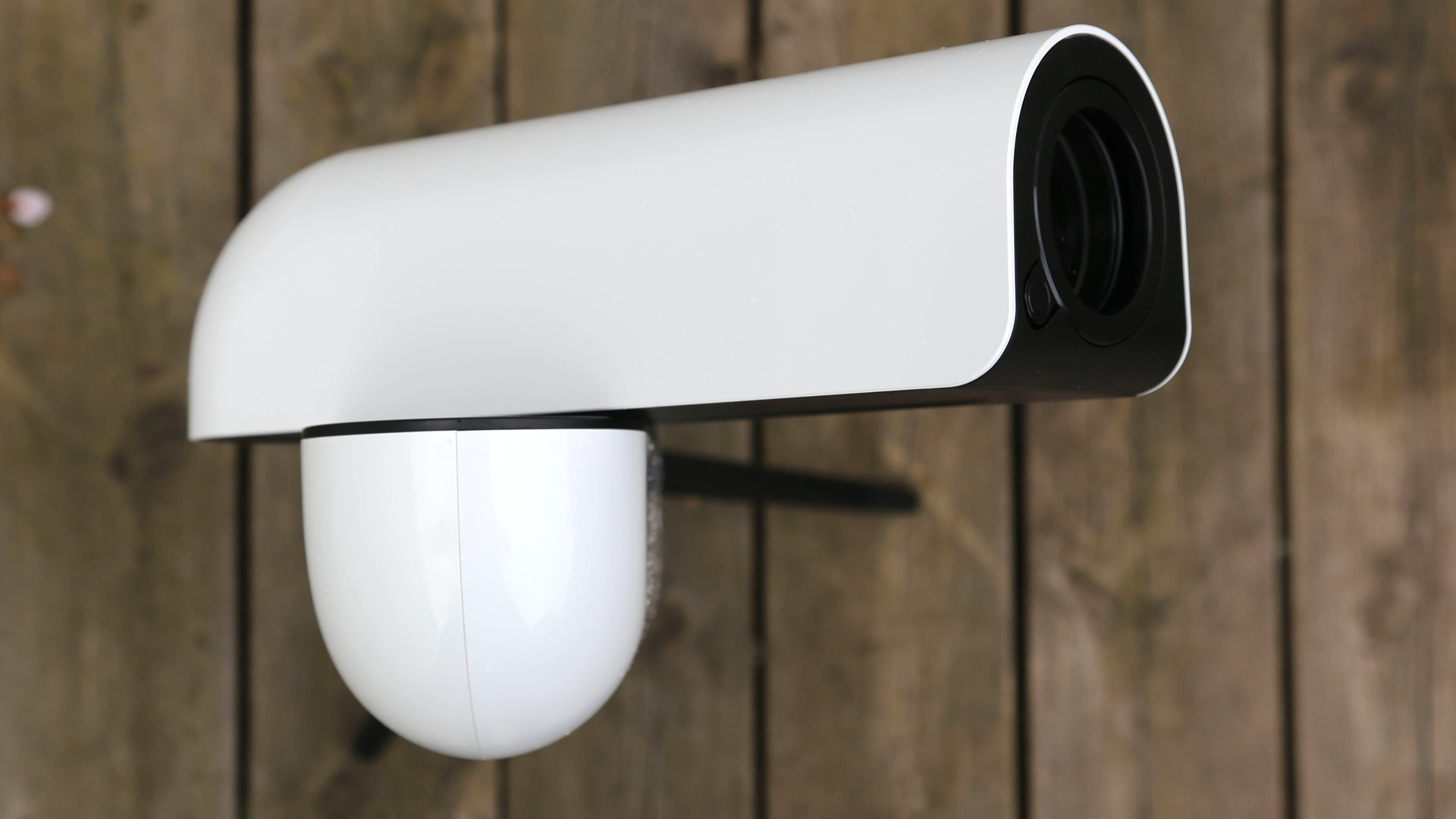
Whether you’re starting a journey into astronomy or you’re an experienced amateur astronomer or astrophotographer who wants an easy-to-use, quick-to-set-up smart telescope for travel or for when hauling out your expensive rig is a hurdle too far, the Vaonis Vespera II may be for you. Able to capture excellent images of dim and distant galaxies and nebula, it’s the perfect foil for light pollution, but it also takes fabulous photos of the moon and – if you invest in the optional solar filter – the sun, too.
Also consider
If you like the idea of a smart telescope but also want an eyepiece, consider the step-up Unistellar eVscope 2, which is a more advanced and higher quality product with a Nikon-made electronic OLED eyepiece and various citizen science projects to get involved with. Meanwhile, if do-it-yourself astronomy is more of interest, abandon the idea of a smart telescope and go straight for a Dobsonian telescope like the Celestron StarSense Explorer 8” Dobsonian, which is easy to aim and will give you hugely impressive views of deep sky objects.
Sign up to the T3 newsletter for smarter living straight to your inbox
Get all the latest news, reviews, deals and buying guides on gorgeous tech, home and active products from the T3 experts
Jamie is a freelance journalist, copywriter and author with 20 years' experience. He's written journalism for over 50 publications and websites and, when he's not writing, spending most of his time travelling – putting the latest travel tech through its paces.
-
 Leaked AirPods prototype looks like Nothing... literally
Leaked AirPods prototype looks like Nothing... literallyAnd we are here for them
By Britta O'Boyle Published
-
 OnePlus Watch 3 lands in the UK with a flurry of freebies and a huge discount
OnePlus Watch 3 lands in the UK with a flurry of freebies and a huge discountThe new titanium-clad smartwatch brings 120-hour battery life, ECG health checks, and some serious launch offers
By Matt Kollat Published
-
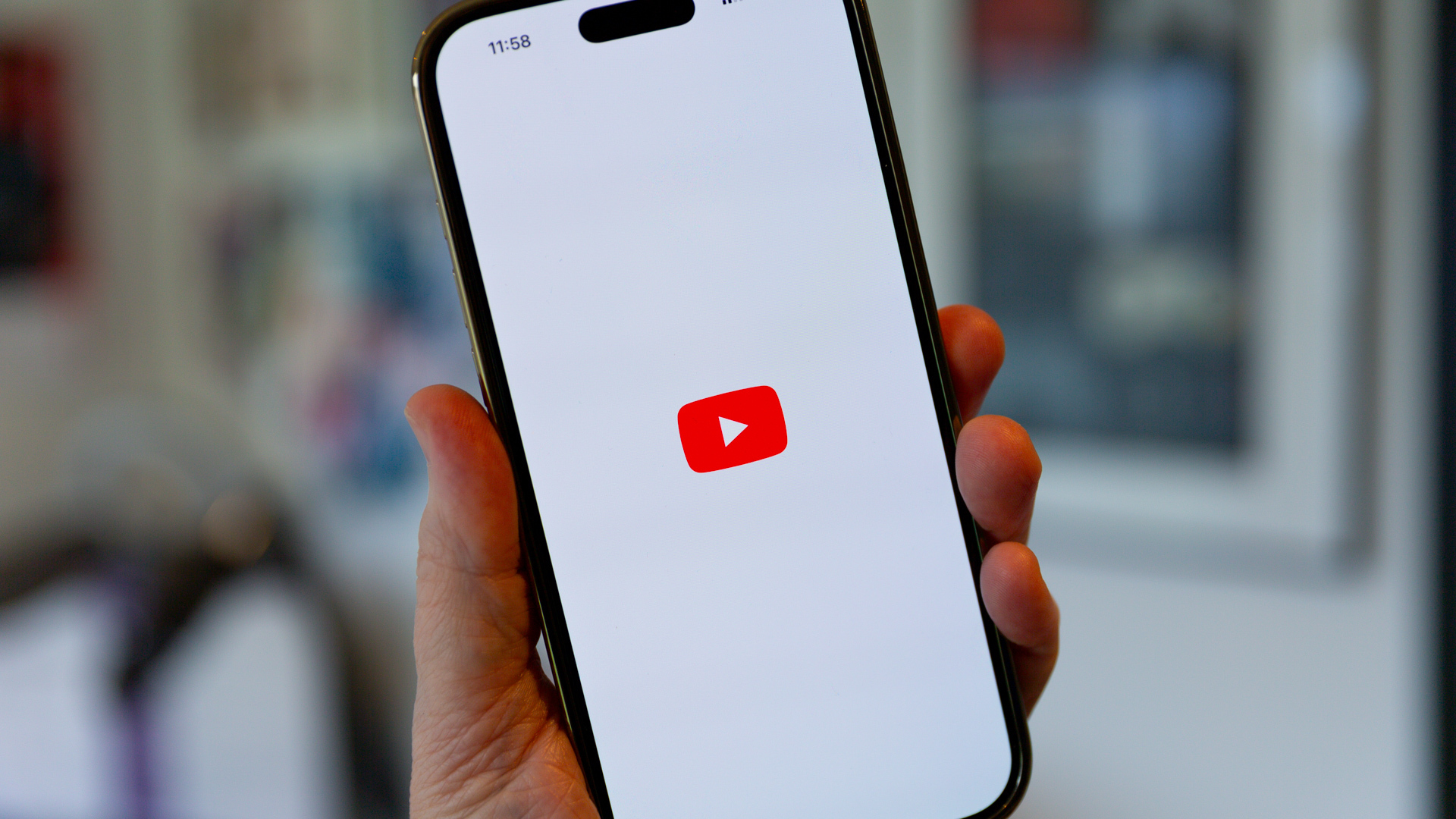 Future YouTube feature could put an end to your doomscrolling
Future YouTube feature could put an end to your doomscrollingAnd that's something we would love to see
By Britta O'Boyle Published